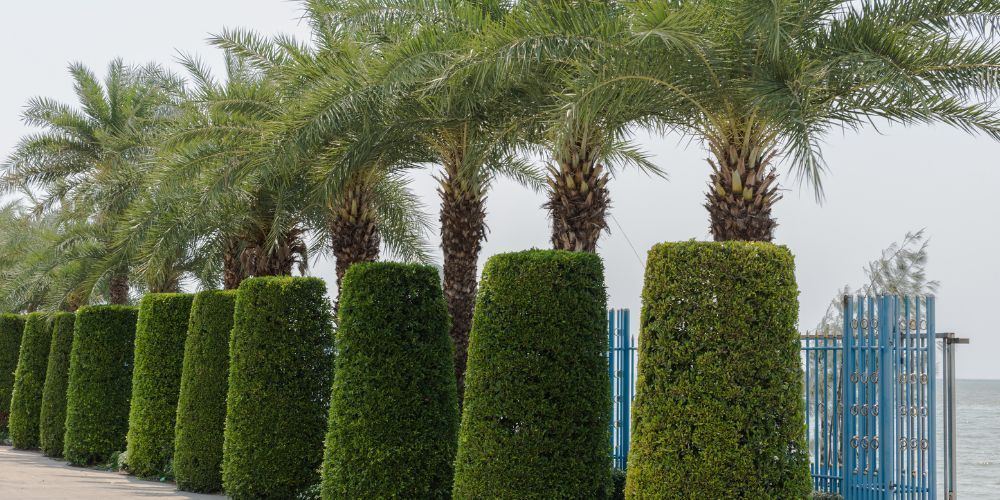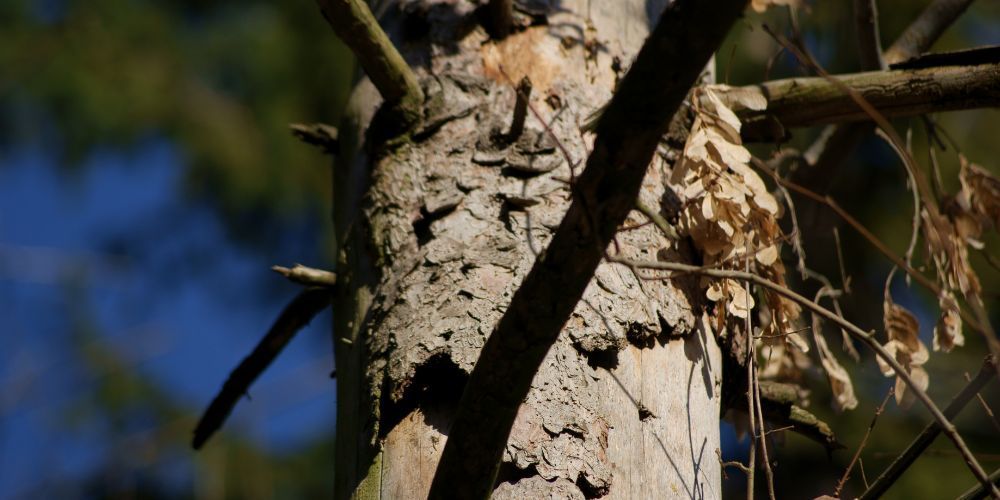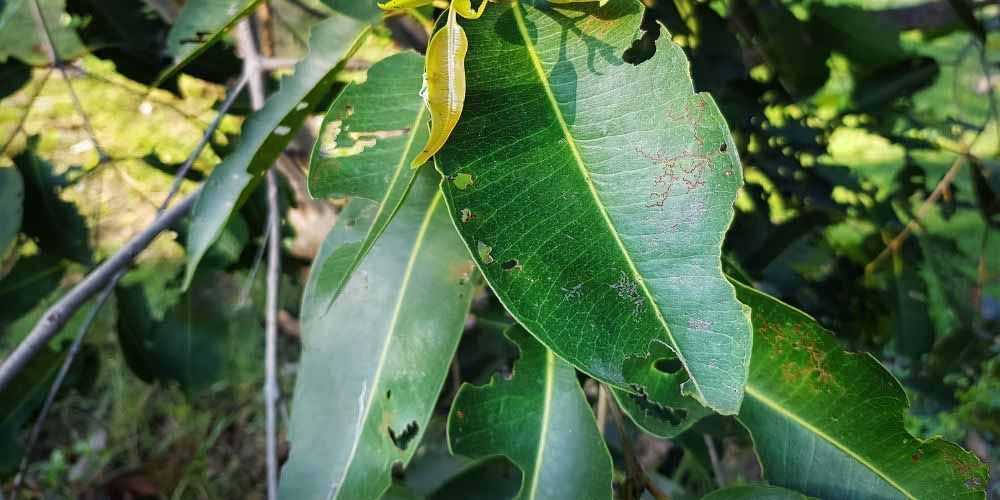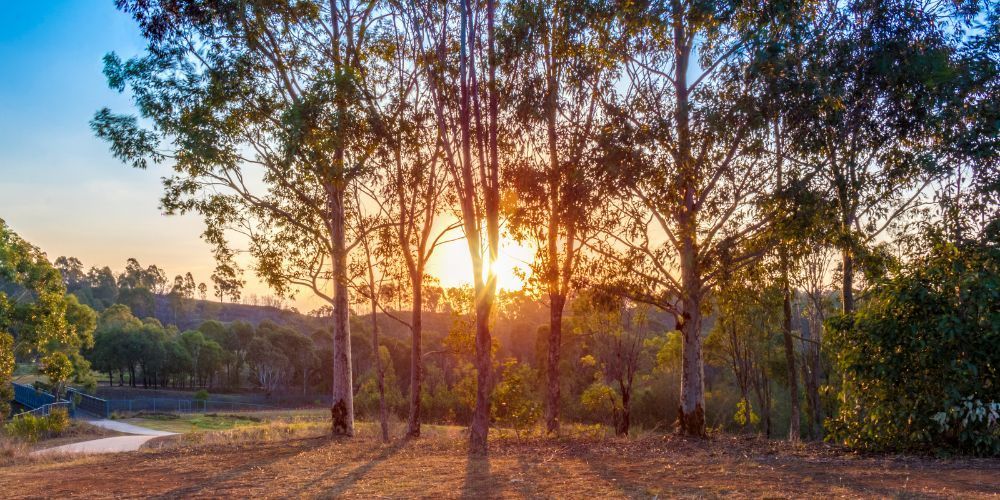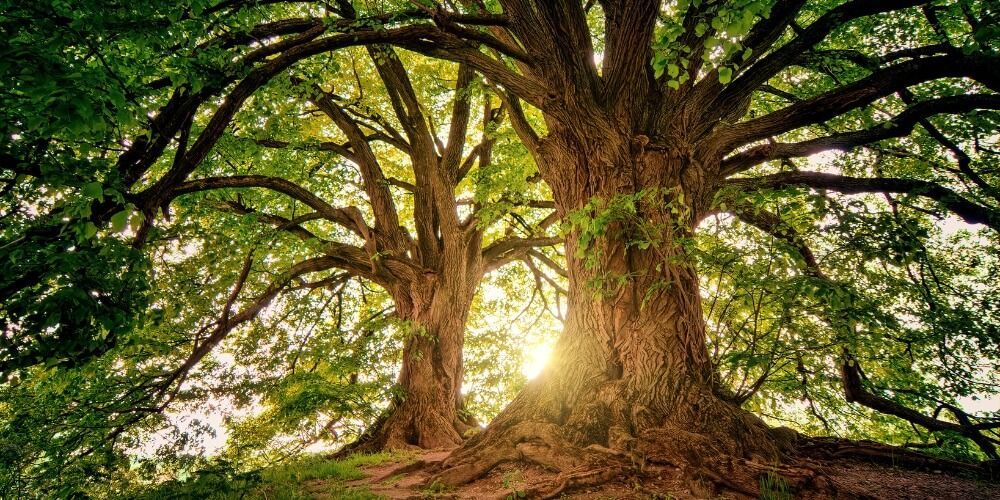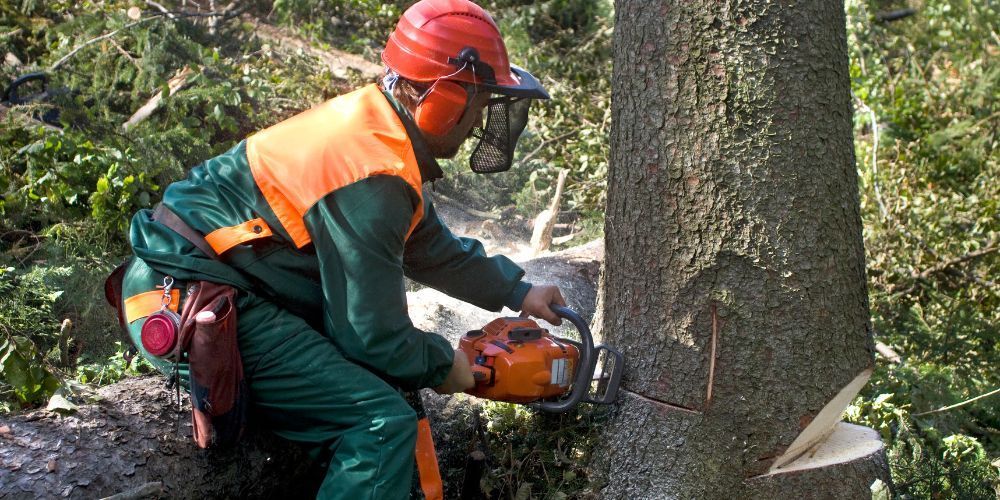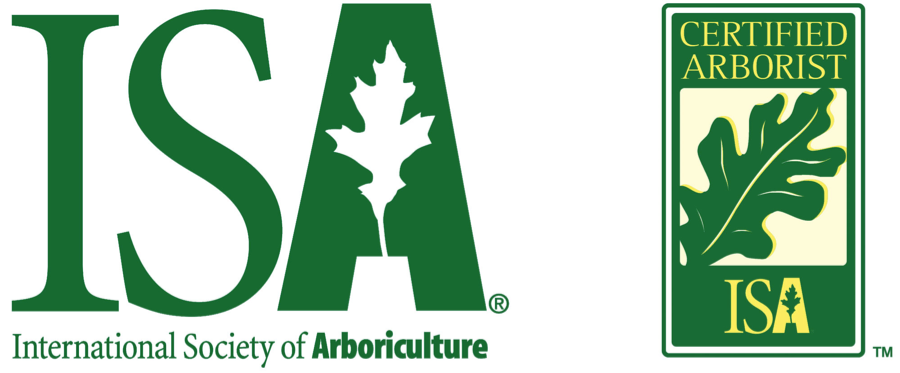The Ultimate Tree Pruning Guide: Tips, Techniques, and Tools
Pruning is critical to caring for trees: maintaining health, shape, and good looks. Understanding the basics of tree pruning can greatly affect the life of your trees. Whether you are a homeowner in your garden or a landscaper at work, this is true.
This guide covers the best times for pruning, knowledge of techniques, essential tools, and tips on avoiding common mistakes. This comprehensive tree pruning guide will cover everything you should know, from doing it yourself to seeking professional help.
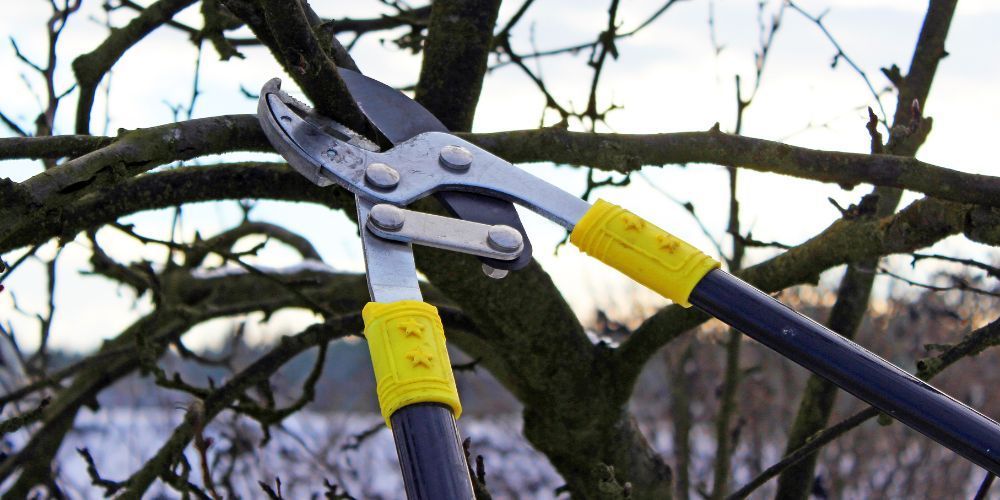
What is Tree Pruning, and Why is It Important?
Pruning means carefully cutting branches, stems, and other tree parts. This helps keep the tree strong, promotes growth, and removes any potential dangers.
Regular trimming helps a tree stay healthy. It removes dead or unhealthy wood and allows better airflow.
Trimming also shapes the tree for looks and practical use. This important part of tree care helps trees grow better. It also reduces risks like falling branches, pests, and diseases.
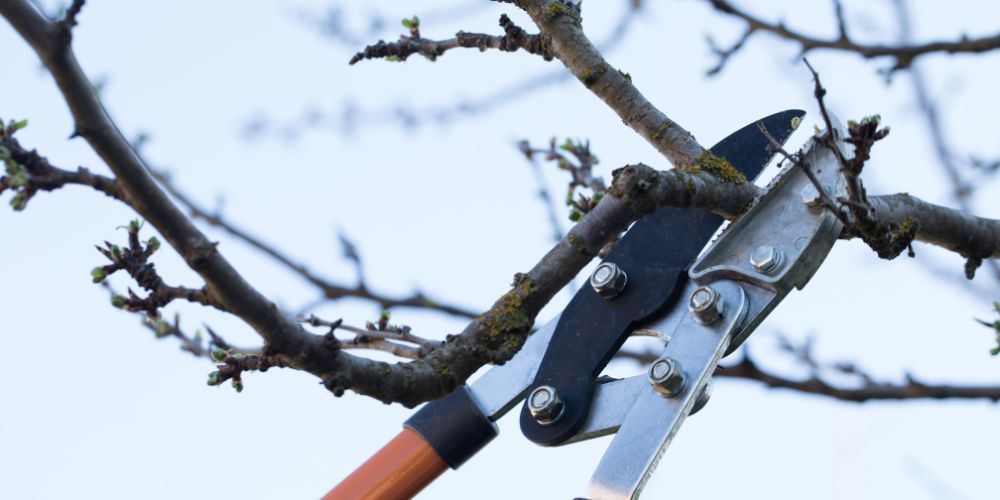
Benefits of Regular Pruning for Tree Health
- Encourages vigorous, healthy growth: Regular pruning controls the growth correctly so your trees grow strong and in the right direction.
- Diseases do not spread: Pruning decreases the possibility of pests and diseases spreading by removing the infected branches from the tree.
- Air circulation and sunlight exposure are improved: Thinning a dense canopy helps air move better and lets more sunlight in. This can reduce fungal growth.
- Boosts tree longevity: Pruning prolongs the life of trees because, when done correctly, it provides a longer life for your trees because they are typically protected from the elements and are more mature and resilient.
- Property-related risks are reduced: Coordinated pruning would keep branches away from power lines, houses, and other buildings.

Understanding Different Types of Pruning
Thinning:
- Thinning out select branches promotes better airflow and allows more light to come through.
- It reduces the weight of branches and minimizes damage to structures during storms.
- Best done in late winter or early spring, depending upon the type of tree.
Heading Back:
- Prune the branches to maintain the tree shape and interfere in further growth.
- Perfect for maintaining trees at a reasonable size or evenly distributing foliage.
- Advantages include cosmetic appeal and the allowance of better preservation and future growth regulation.
Reduction:
- Dealing with a tree's size or height reduction without changing its original shape.
- Usually done on trees that have grown too much near a building or those that have become overgrown.
- It is done out of season to put less stress on the tree.
Removal:
- Dead, diseased, or hazardous branches need to be removed entirely.
- Pruning is essential to prevent damage to other healthy parts of the tree or inhibit disease spread.
- It can be carried out at any time of the year; however, this process is essential during winter, when trees are said to be dormant.
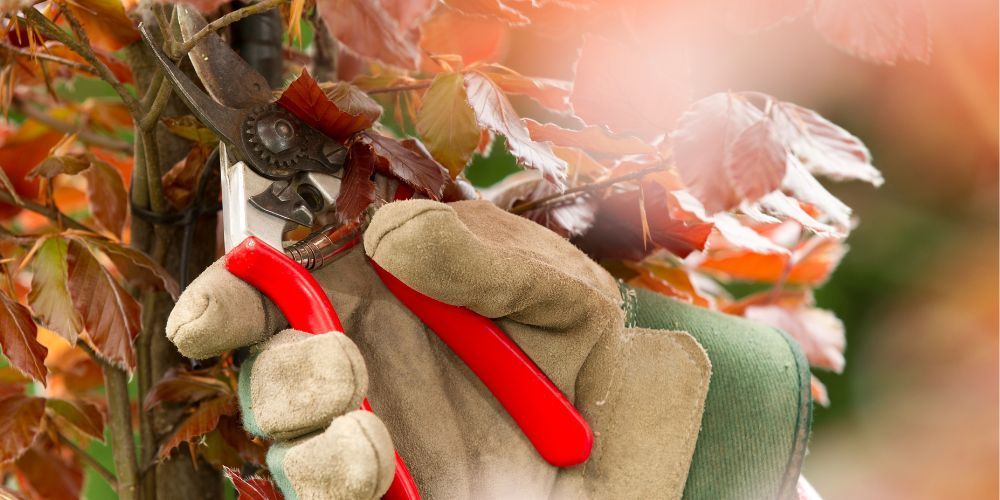
Best Times for Pruning Different Types of Trees
Deciduous:
- Prune for the best results in late winter, when trees are dormant.
- Avoid pruning in the fall because this encourages new growth susceptible to winter damage.
- Pruning in summer will be done when trying to slow down growth or remove defective branches.
Evergreen:
- Best pruned in late winter or early spring before new growth starts.
- Light pruning is done yearly to retain the shape, while heavy pruning during the growing season is not preferred.
Flowering:
- Prune spring-flowering trees immediately after they bloom so that the buds for next year are not removed.
- Summer-flowering trees are best pruned in late winter or early spring since they form their buds on new growth.
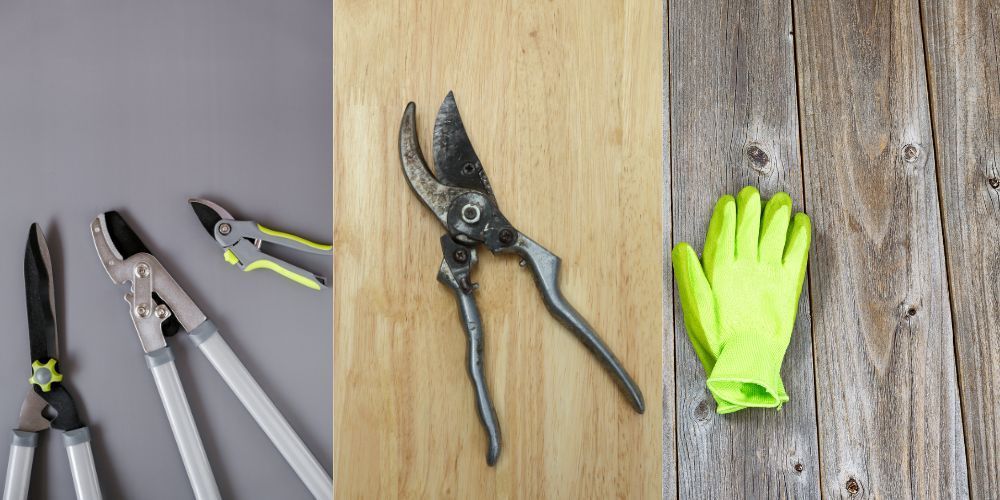
Essential Pruning Tools and Their Uses
Shears:
- Pruning shears: Small branching up to 1" in diameter.
- Bypass shears: Best for performing clean cuts on live wood.
- Anvil shears: Anvil shears are better suited to dead wood, but living branches can be crushed if the device is not handled carefully.
- For comfortable working and durability, choose high-quality, ergonomic shears.
Loppers/Saws:
- Loppers: The tool will work on branches with a wider diameter, a few inches thick, and 1-2 inches in height.
- Pole saws: Handy for getting high branches when one does not have to use a ladder.
- Pruning saws: A saw intended for branches over 2 inches thick; good for heavy-duty work.
Maintenance/Safety:
- Keep all your tools sharp; this will help to make clean cuts and minimize the possibility of injury.
- Sterilize pruning tools between cuts to avoid disease transmission among trees.
- Utilize safety equipment: gloves, eyewear, and helmets when required.
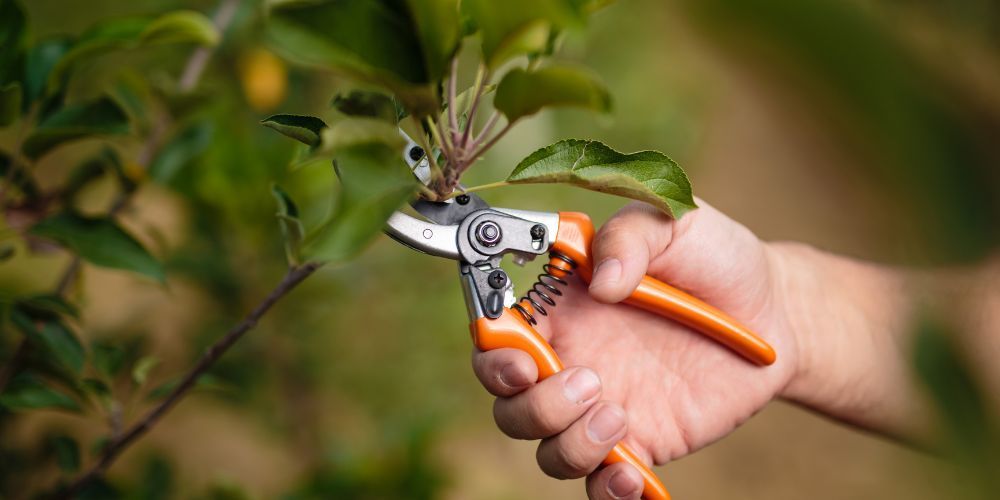
Step-by-Step Pruning Techniques for Various Tree Types
Young Trees:
- Prune for a single leader and evenly space out the branches.
- Remove weak or crossing branches to encourage structural solid development.
- Avoid over-pruning as a routine, but shape and train the tree for an excellent future framework.
Mature Trees:
- Prune dead or diseased branches to maintain the health of trees.
- Thin out dense canopies to improve light and air circulation.
- Focus on trying to maintain the tree's natural shape and overall structure.
Fruit Trees:
- Fruit tree pruning in late winter will encourage healthy fruiting.
- Eliminate water sprouts and suckers that take energy away from fruiting branches.
- Thin the canopy to let sunlight reach all parts of the tree for high-quality fruit.
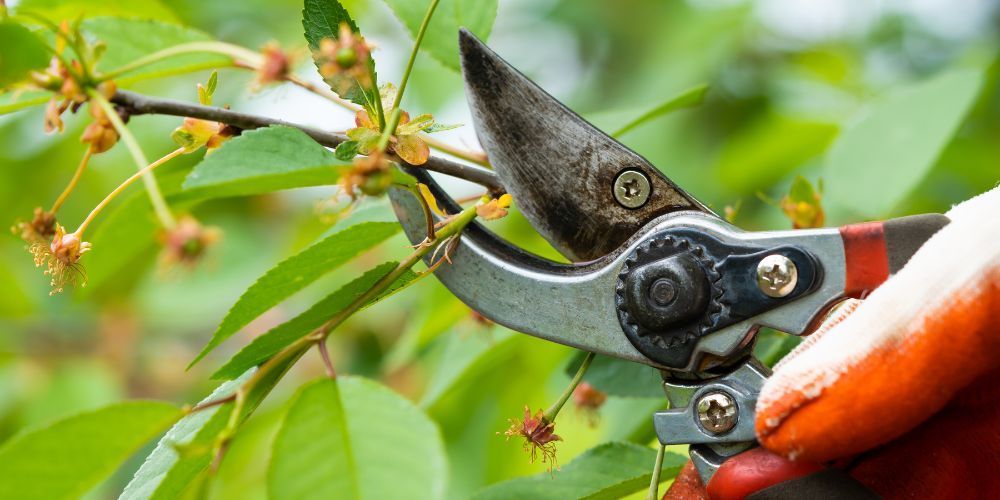
Avoiding and Correcting Common Pruning Mistakes
Common Errors:
- Over-pruning: This removes too much foliage that may weaken a tree and restrain growth.
- Topping: The top of the tree is cut off by topping itself, leading to weak and unattractive new growth.
- Bad timing: Pruning at the wrong season stresses the tree, opening it up to disease.
Fixing Over-Pruning:
- You should allow the tree to recover; do not prune further for at least a year.
- Water and fertilize the tree to promote growth.
- Monitor the tree for stress or disease and treat problems quickly.
Best Practices:
- Remove large branches using the "three-cut method" to avoid tearing bark.
- Always cut with a slight angle to ensure there is proper healing.
- Prune without cutting too close to the trunk, as this can cause damage to the bark and delay its healing.
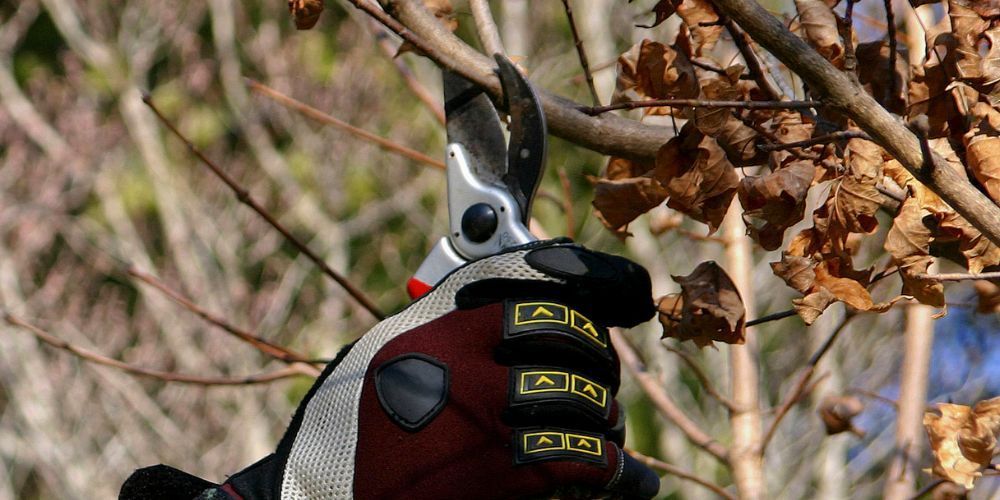
Pruning for Tree Health: Addressing Pests and Diseases
Diseases:
- The three most common tree diseases are canker, various types of blight, and powdery mildew.
- Prune off the diseased branches to arrest the spread of infection.
- Sterilize pruning tools between cuts to prevent the cross-infection of plants.
Pests:
- Prune off the attacked branches to eliminate pests, including aphids, borers, and caterpillars.
- Apply insecticidal treatments if necessary after pruning to avoid re-infestation.
- Control infestations by encouraging natural predators like birds.
Post-Pruning Care:
- Following the pruning process, thoroughly hydrate the tree to alleviate stress.
- Apply mulch around the tree's base to prevent water loss and regulate soil temperature.
- Avoid heavy fertilization after immediate pruning, as it would spur weak growth.
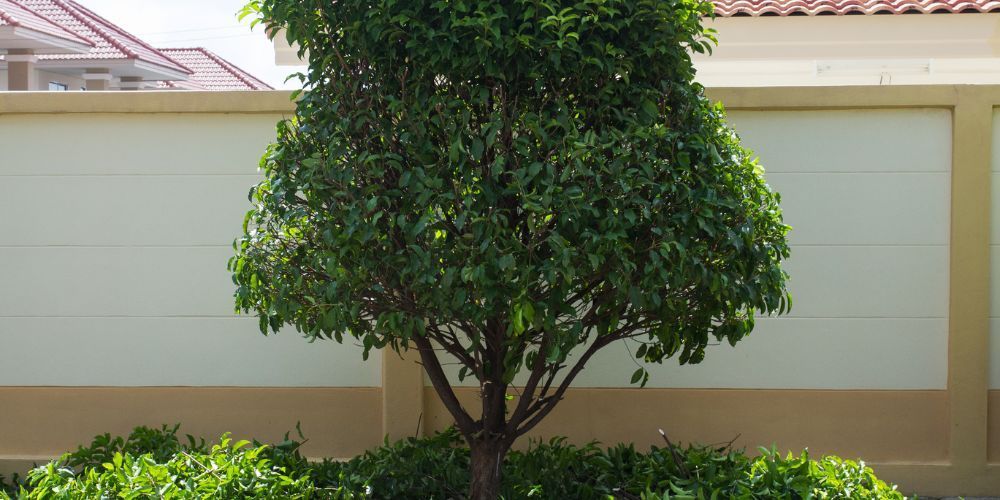
Aesthetic and Structural Pruning
Shaping Trees:
- Prune this plant to maintain a symmetrical and balanced shape that complements your landscape.
- Control height and spread using heading back techniques without compromising aesthetics.
- Prune in a manner that respects the natural growth habit of the tree to bring out its full beauty.
Tree Structure:
- Prune to promote one leader and well-spaced scaffold branches.
- Eliminate weak or crossing branches that would eventually affect the tree's structure.
- Regular pruning helps the tree form a framework that withstands terrible weather conditions.
Landscape Integration:
- Prune trees into shapes that more harmoniously fit the landscape design.
- Prune trees in restricted spaces by reduction methods.
- Prune your trees with consideration for how they will grow in years to come so that no overcrowding occurs.
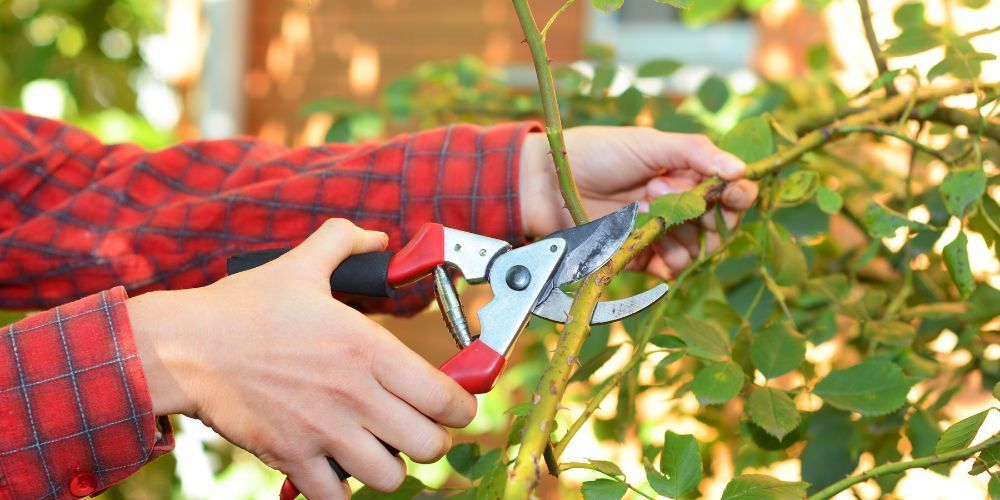
DIY Pruning vs. Professional Tree Care
When to Prune Yourself:
- Pruning by yourself is indicated for small trees or light maintenance activities.
- Ensure you have the proper equipment and knowledge of the tasks before starting any major pruning.
- Consider safety, in particular, when dealing with large or high branches.
Professional:
- Professional arborists have the experience and the equipment to do the more complex pruning jobs.
- They determine factors affecting tree health and recommend the most appropriate pruning techniques.
- Many people engage a professional, which guarantees the pruning will be safe and proper.
Choosing Arborist:
- Look for certified arborists with positive reviews and a good track record in business.
- Have them get insurance that covers accidents or eventual damage.
- Request a detailed estimate and ask questions to understand the scope of work before hiring.
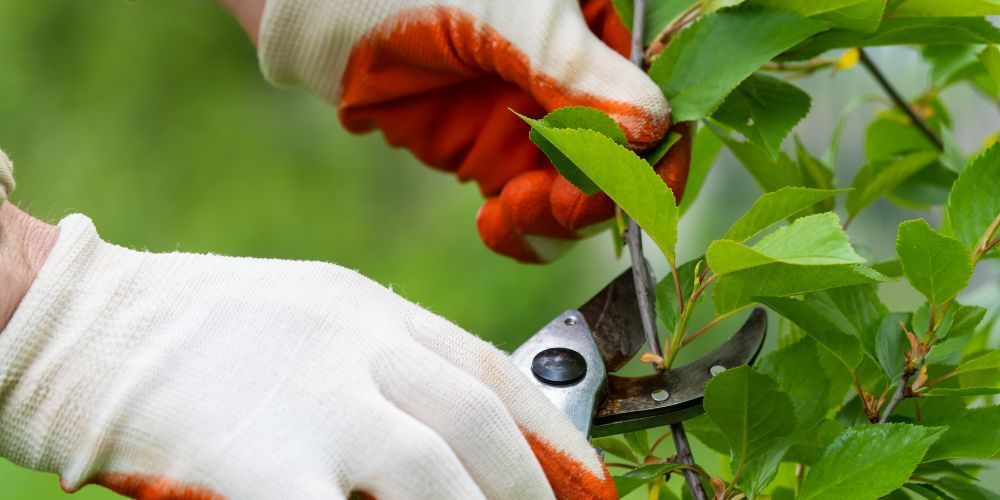
Pruning Tips and Tricks for Specific Tree Varieties
Ornamental:
- Ornamental tree pruning to maintain their natural form for aesthetic purposes.
- Light thinning does improve their appearance while not interrupting their natural growing pattern.
- Prune dead or diseased branches immediately to maintain the aesthetic beauty of the tree.
Fruit Trees:
- Prune fruit trees every year to improve the quality and production of fruits.
- Prune so that you open the canopy for more sunlight to reach the fruiting branches.
- Remove water sprouts and weak branches so that all energy is diverted to fruiting.
Exotic Species:
- Research alternative tree species that may have special pruning requirements.
- Some trees will need enhancements with special tree pruning techniques or schedules to help them thrive well.
- Afterward, monitor the tree closely for signs of stress, as some exotic species may be more sensitive to cuts.
The highly recommended company for tree pruning is So Cal Tree Care. With years of experience and the right tools, their certified arborists can help you keep your trees healthy and beautiful.
So Cal Tree Care prunes trees at an appointment scheduled by call or email and is always reliable.
